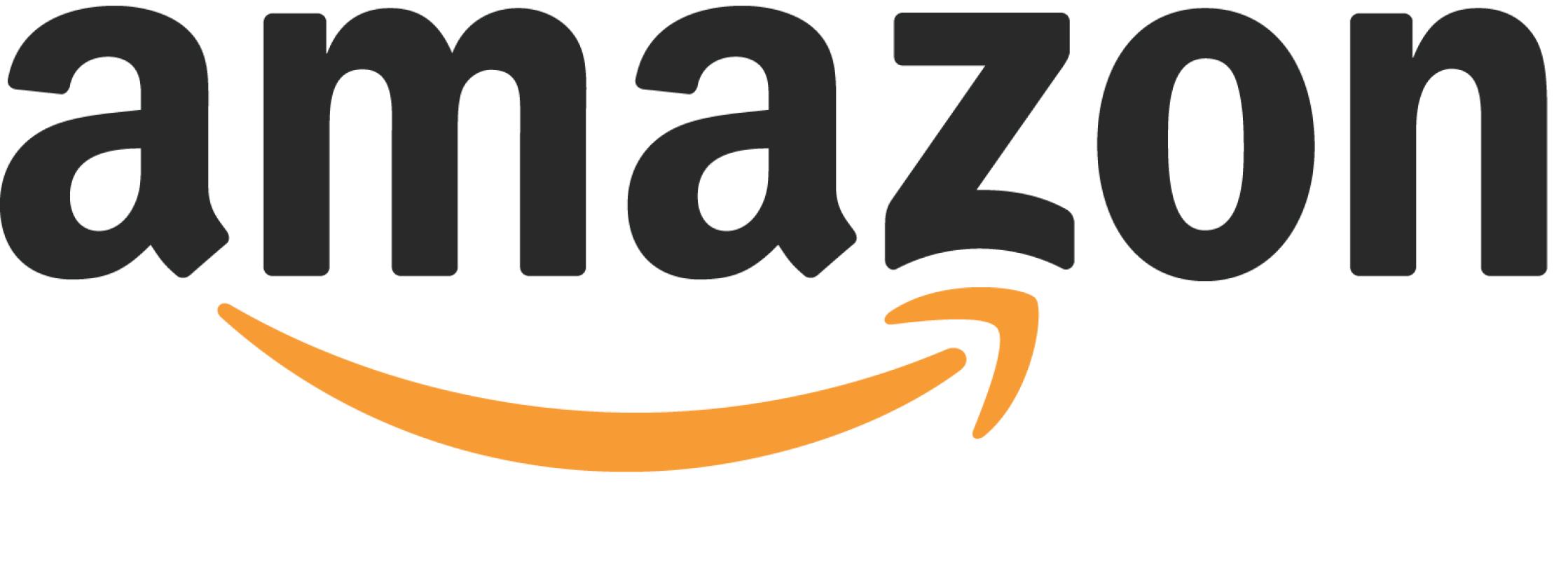Amazon is testing a new attribution tool as it ramps up its platform for holiday advertising. According to Digiday, Amazon has invited a select number of advertisers to test Amazon Attribution, which “lets advertisers compare whether ads on its sites are more effective than those on its rivals.” Amazon Attribution includes page views, purchase rate, and sales among the conversion metrics advertisers can select to understand the impact of their display, search, or video ads outside of Amazon.
As we have reported, Amazon’s advertising services are growing as more brands capitalize on Amazon’s popularity for search. As Marketing Dive notes, Amazon is positioning itself for an uptick in brand advertising for the 2018 holiday shopping season. Even if you are not one of the businesses using Amazon Attribution, I suggest you get a jump on the holidays by building awareness now inside and outside Amazon. You don’t need to do holiday advertising just yet – but you should prime the pump for the holidays by:
- Building your name awareness on Amazon by using some of the advertising tools that Amazon has rolled out. Amazon has launched products such as display advertising designed to make it easier for merchants to reach its vast audience with paid media. Some of those products also help businesses advertise outside Amazon. Amazon’s advertising products were recently bundled under Amazon Advertising. For more insight, check out this Amazon page.
- Step up digital advertising outside Amazon, too. Rolling out holiday ads in September is not the point – priming the pump by building general name awareness is.
You can measure the effectiveness of your pre-holiday campaign by expanding the conversion pixel of your display ads for a maximum of 90 days. Per Google, a conversion window is the period of time after a customer clicks your ad during which a conversion, such as a purchase, is recorded in Google Ads. The default window is 30 days. But you can change the conversion window as often as you’d like. Doing so can makes it possible for you to track behavior all the way back to the click someone made on your display ad.
A Caveat
A caveat is in order: if you use the Google Ads conversion pixel as your primary source for tracking purchases, then it may not be the best idea to expand the pixel window to 90 days. Doing so can cause results to become inflated. If you are using another source as your true north (e.g. Google Analytics, Adobe Analytics, or a third-party platform like Marin or Search Ads 360) then the inflated conversion totals aren’t as much of an issue.
How are you preparing for the holiday season? Contact True Interactive if you need help. We collaborate with brands on all aspects of digital marketing every day.
